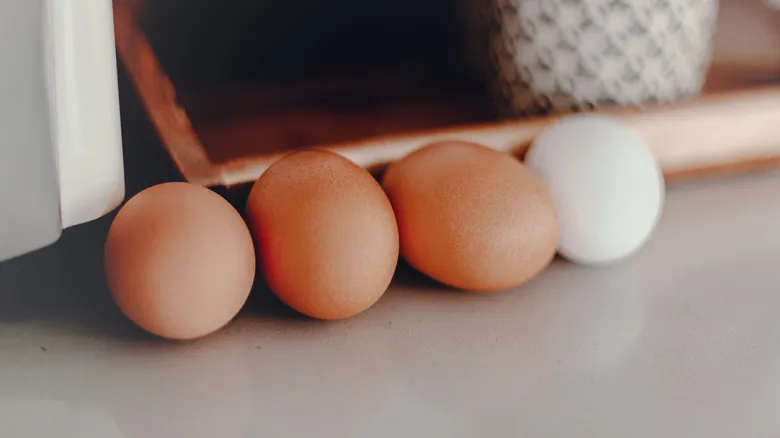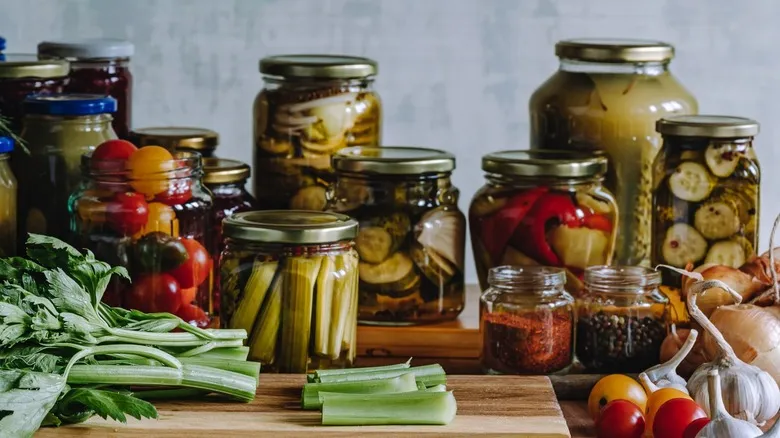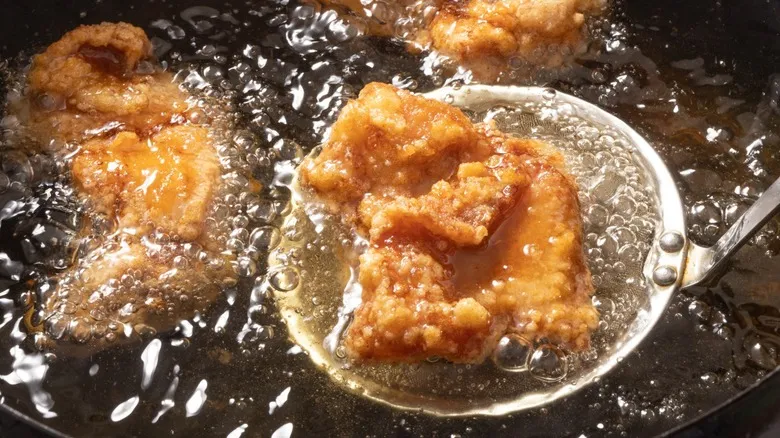Mimimizing risk by pasteurizing eggs at home

If you can't find pasteurized eggs at the store, you can pasteurize them at home using the sous vide method. This cooking technique involves circulating heated water to maintain a consistent temperature, which is crucial for pasteurization. For sous vide pasteurization, both temperature and time are key; the eggs should be held at 135 degrees Fahrenheit for about 90 minutes.
However, the USDA warns that pasteurizing eggs at home can be challenging and may result in cooked eggs. This difficulty arises because the specialized equipment used by commercial producers is not available to consumers. Additionally, Elisa Maloberti, a food safety expert from the American Egg Board, confirmed to Simply Recipes that achieving the precision needed for effective home pasteurization (without cooking the eggs) is nearly impossible outside of a commercial setting.
That said, trying to pasteurize eggs at home isn't inherently dangerous, as long as you're okay with the possibility of ending up with cooked eggs. If you're planning to use raw eggs for something like a classic eggnog recipe, it might be worth attempting DIY pasteurization, especially if you can't find pasteurized eggs through other means.
Recommended

If Blue Cheese Is Actually Mold, Why Is It Safe To Sell?

How Pickling Works: The Science Behind The Process

Is It Safe To Eat Pink Chicken? The Answer Is More Complicated Than You Think

What's The Real Difference Between Deep-Frying And Pan-Frying?
Next up

